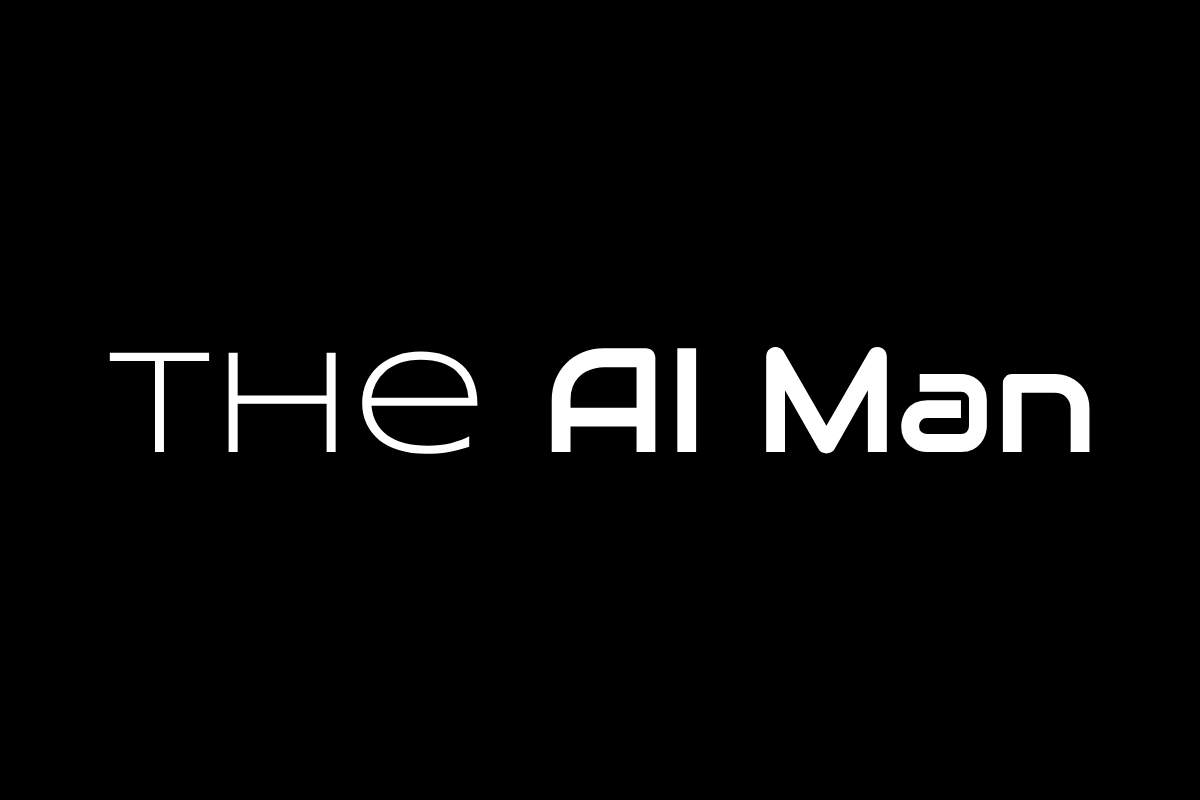Picture this: your favorite exclusive restaurant just decided to give away their secret recipes for free. That's essentially what OpenAI did on August 5th, 2025, when they released their first open-source models in over five years—GPT-OSS-120b and GPT-OSS-20b. These aren't watered-down versions either; they're legitimate powerhouses that can run on a single high-end GPU or even your laptop if you've got 16GB of memory. It's like OpenAI handed everyone the keys to their sports car and said, "Here, modify the engine however you want."

AI Adoption is Exploding
The statistics around this release are genuinely mind-blowing:
97% of developers have already experimented with open models—basically everyone's jumping on this train (Linux Foundation Research)
89% of organizations using AI already incorporate open-source somewhere in their systems (Linux Foundation Research)
78% of global companies are now using AI in their business operations (Exploding Topics 2025)
92% of companies are planning to increase their AI investment this year (Exploding Topics 2025)
What's wild is that small businesses are actually adopting open-source AI at higher rates than big corporations. It's like watching David not just compete with Goliath, but actually outmaneuver him because he's more nimble and creative.


Want to build AI assistants that can read documents, answer questions, or automate tasks—without writing a single line of code? With Dynamiq, it’s possible:
Create AI workflows in hours using simple drag-and-drop tools
Keep your data protected with secure, on-premise deployment
Cut down on development time and compliance costs
Curious to see it in action?
👉 Try Dynamiq for Free
Market Impact: The Billion-Dollar Shift
Here's where things get really interesting from an economic perspective—we're watching a fundamental shift in how AI value gets distributed:
The global AI market is projected to explode from $758 billion in 2025 to $3.7 trillion by 2034 (Precedence Research)
67% of organizations report open-source AI is cheaper to deploy than proprietary alternatives (McKinsey)
Companies estimate they'd spend 3.5 times more without open-source options (Linux Foundation)
75% satisfaction rate with open-source AI performance among enterprises [McKinsey Open Source AI Survey 2025]
This isn't just about saving money—it's about competitive democratization. Previously, only companies with massive budgets could afford cutting-edge AI reasoning models. Now a startup in a garage can access the same foundational technology as Fortune 500 companies

What These Models Actually Do
Let's talk about what makes these models special beyond the "free" price tag:
Chain-of-thought reasoning: They actually work through problems step-by-step
AIME 2025 performance: GPT-OSS-20b scored 98.7%, outperforming some proprietary models (OpenAI Model Card)
Codeforces scores: 2622 and 2516 respectively, competing with much larger systems (OpenAI Model Card)
Apache 2.0 licensing: The gold standard for commercial use without strings attached
The models use a Mixture-of-Experts architecture, which is like having a Swiss Army knife where only the tool you need pops out, rather than deploying the entire toolkit for every job

Looking Ahead: Your AI-Powered Future
This release signals something bigger than just another product launch—it's about reshaping power structures in the global economy. When AI capabilities become commoditized, success shifts from who has the best AI to who can apply AI most creatively to solve real problems.
The AI revolution just got a lot more accessible. The question isn't whether AI will transform your world; it's whether you'll be actively shaping that transformation or just move along with the ride.

